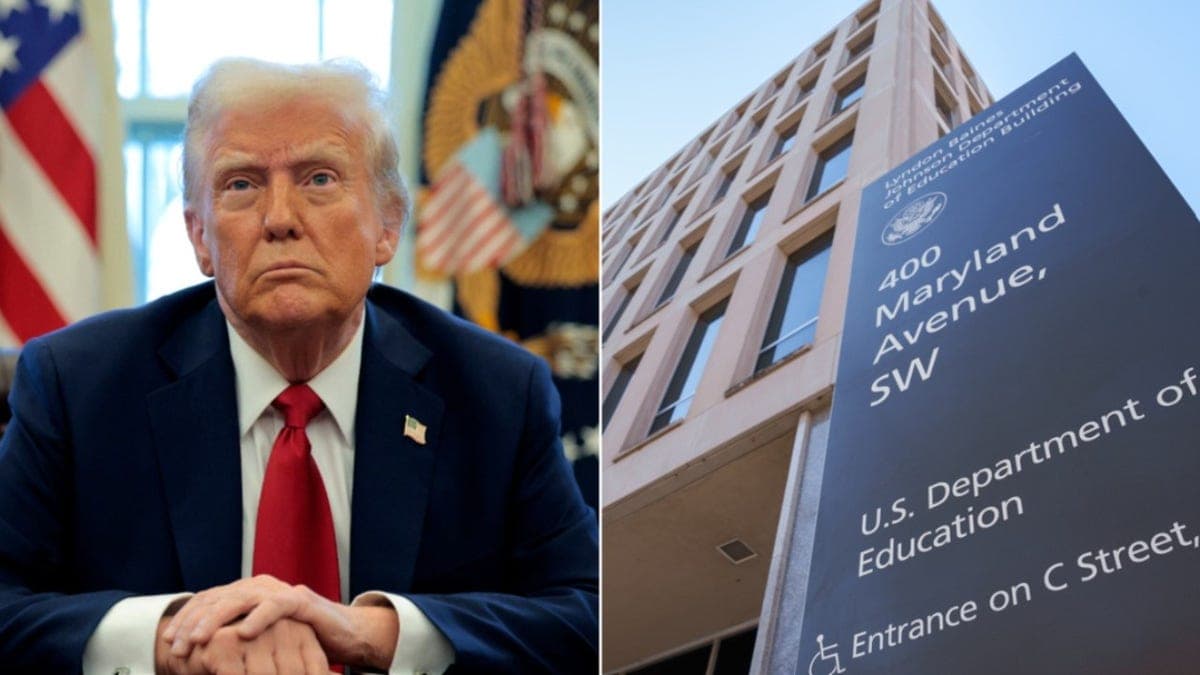In a revealing analysis of educational funding trends, recent findings indicate that the United States allocates more than ten times the resources for special education directed towards students with lower IQs compared to those identified as gifted. This stark contrast raises questions about the nation"s commitment to nurturing high-potential individuals, which critics argue could hinder America"s competitive edge in a rapidly evolving global landscape.
Disparities in Educational Funding
According to data analyzed by educational experts, the funding disparity is significant. The U.S. spends approximately $13,000 per student on special education for low-IQ students, while only about $1,200 is allocated for gifted education programs. This funding gap has sparked debates among educators, policymakers, and parents, who assert that the current system fails to adequately support the development of gifted students.
Rob Henderson, a prominent educational researcher, emphasized the importance of recognizing and nurturing gifted individuals, stating, "To remain competitive worldwide, the most important thing is to nurture our geniuses." Advocates for gifted education argue that investing in these students is crucial not only for their personal development but also for the future innovation and economic growth of the nation.
Why This Matters Now
The implications of this funding disparity are profound. As America faces increasing competition from countries that prioritize STEM (Science, Technology, Engineering, and Mathematics) education and innovation, the lack of resources dedicated to gifted education may result in a talent deficit. Critics warn that without proper investment, the U.S. risks falling behind in critical fields such as technology and engineering, where creativity and advanced problem-solving skills are paramount.
Moreover, the underfunding of gifted programs can lead to disillusionment among high-achieving students, who may feel their potential is not being recognized or nurtured. This can result in a decrease in motivation and engagement, ultimately impacting their long-term academic and career trajectories. As previously reported, similar situations arise in various educational systems where funding does not align with the needs of diverse student populations.
Next Steps for Educational Policy
In light of these findings, educational policymakers are urged to reevaluate funding priorities to ensure a more balanced approach that caters to both ends of the academic spectrum. Initiatives aimed at enhancing gifted education programs could include increased funding, the creation of specialized curricula, and training for teachers to better identify and support gifted learners.
As discussions continue, stakeholders in the education sector are encouraged to advocate for reforms that address these disparities. The push for equitable funding reflects a broader movement towards inclusivity in education, ensuring that all students, regardless of their academic abilities, receive the support they need to thrive. Recent developments in related coverage highlight how educational reforms could reshape the landscape for both gifted and special education students, fostering a more inclusive and effective educational environment.



![[Video] Melania Trump announces 'Fostering the Future' coalition for children](/_next/image?url=%2Fapi%2Fimage%2Fthumbnails%2Fthumbnail-1758651072588-1ocsgj-thumbnail.jpg&w=3840&q=75)




